Photoaging: The premature aging process of the skin

Photoaging is the premature aging of the skin caused by repeated exposure to ultraviolet (UV) radiation, mainly from the sun but also from artificial sources such as tanning beds.
It appears on the most visible parts of the body, face, neck and arms, while in women another area is the exposed upper chest. Lips can also show signs of excessive sun damage. With continuous exposure to UV for several years, wrinkles around the eyes and mouth increase in number and become deep folds.
Table of Contents
The signs of photoaging
Photoaging appears as:
Wrinkles, loss of volume, relaxation and vascular disorders.
Arachnoid veins in the nose, cheeks and neck.
Various colored spots, such as freckles and uneven skin color.
General skin tone loss.
Red, scaly spots called radial keratoses (because they are related to the sun).
Ultraviolet radiation
UV is essentially UVA (320-400 nm) and UVB (290-320 nm). In general, UVB is thought to cause burns while UVA ages the skin but there is significant discovery in the damage caused by both categories.
UVB only penetrates the skin, the outer layer of the skin. It does not damage the blood vessels because they do not exist in the skin but it directly damages the DNA of the surface cells. This can lead to early signs of photoaging and over time, precancerous cells and cancers that start on the skin, such as melanoma, can develop. It does not penetrate through the window panes and part of it is filtered by the clouds.
UVA, while blamed for less dangerous skin cancers, also destroys the skin and penetrates deeper into the skin. It damages not only the epidermal cells but also the collagen and elastin that make up the structure of the skin and maintain the elasticity of the skin. It also damages blood vessels. UVA is the one most responsible for photoaging because it penetrates deeper into the skin [1]. It also penetrates through windows and clouds and is 10-100 times more abundant in sunlight than UVB, depending on the season and time of day. One of the main ways UVA works is to create oxidative stress that also indirectly damages DNA. With constant exposure to UVA – even behind the car window – the size of the skin layer is reduced as is the elasticity of the skin.
For sun-exposed skin, up to 90% of aging is due to ultraviolet radiation. Compare your skin to an area that is rarely exposed to the sun with your hands and you will see the difference in tone, color and texture. People with fair skin are at greatest risk, however, photoaging can be avoided with good sun protection habits.
How can I prevent photoaging?
- Protect your skin as best you can while you’re out, especially between 11 a.m. and 3 p.m. when the sun’s UV rays are stronger. Look for shade whenever possible.
- Wear clothes that cover your skin, hat and glasses as much as possible. Exposure to the sun can lead to many eye conditions, such as cataracts. Contact lenses can also provide photoprotection for the eye lens [2].
- Put on sunscreen every day and not just during periods of significant sun exposure. Sunscreen is one of the best anti-wrinkle creams.
- For better photoprotection, apply a broad-spectrum sunscreen (minimum SPF 30) that protects against UVB and UVA. Apply again after swimming or strenuous exercise. Protect your face, ears, neck and arms well. These areas are more exposed and are the first to be damaged. Women should also include exposed upper breasts. Lips are also prone to photoaging.
- Use cosmetics such as moisturizer, lipstick, hand cream and body lotion that contain SPF 30. These should be used in addition to the broad-spectrum sunscreen.
- Avoid artificial tanning indoors.
At Vita4you.gr you will find a wide variety of face sunscreens!
References
- New Insights in Photoaging, UVA Induced Damage and Skin Types.
- Sunscreens And Photoprotection.
Disclaimer
The content of this blogspot is not and can not be considered as medical advice, diagnosis or treatment. All information is provided to readers solely for informational purposes. There is no intention to substitute this content for personalized medical advice, diagnosis, prognosis or treatment.

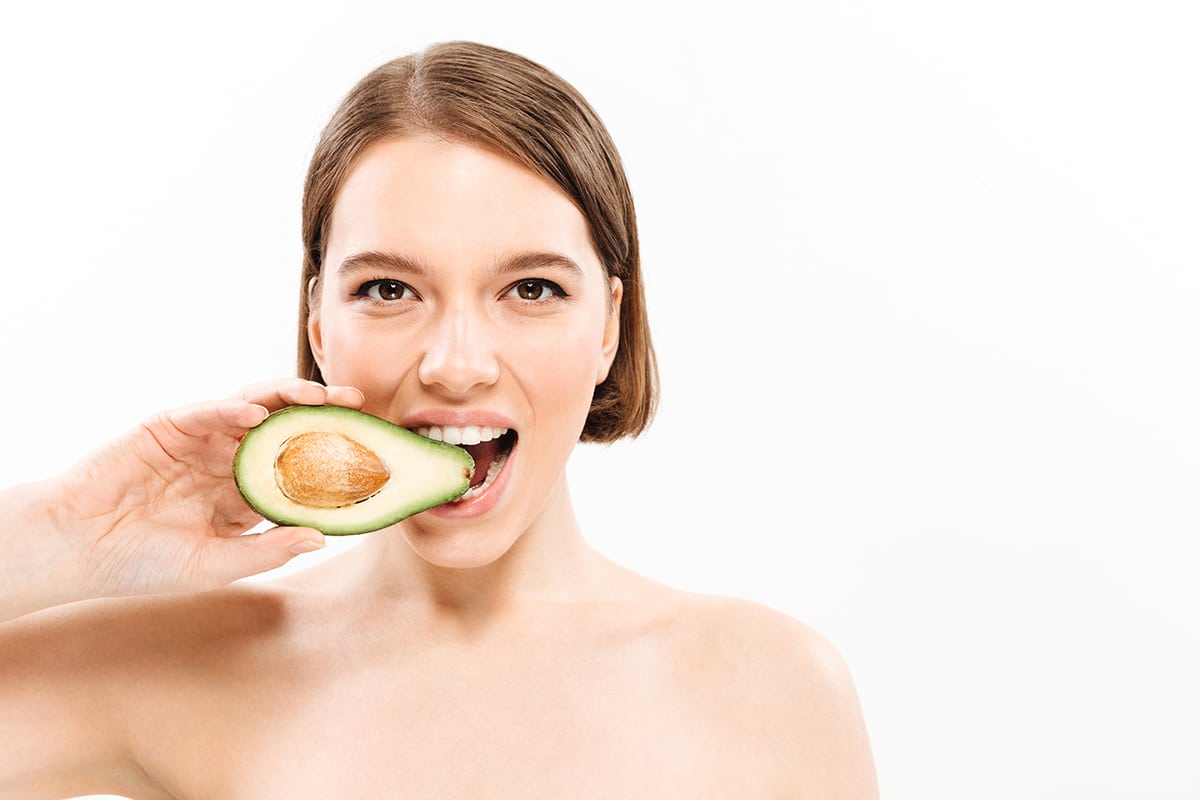
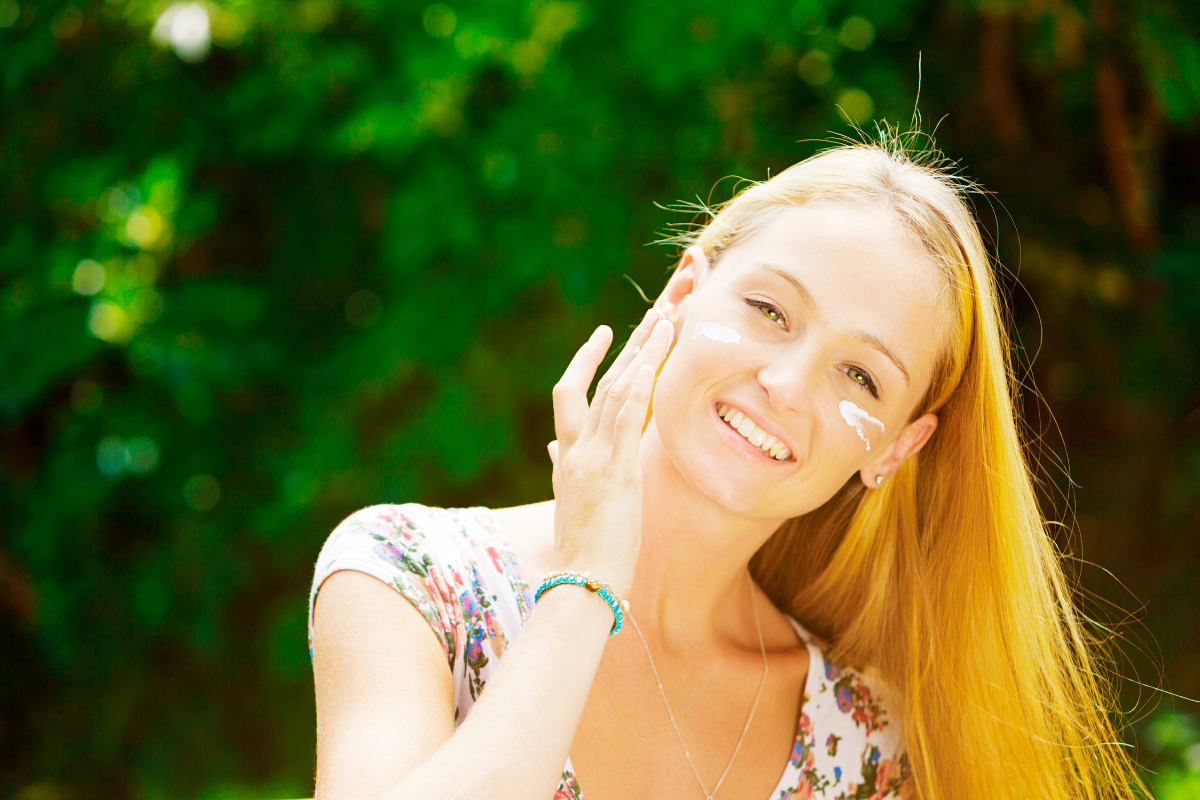
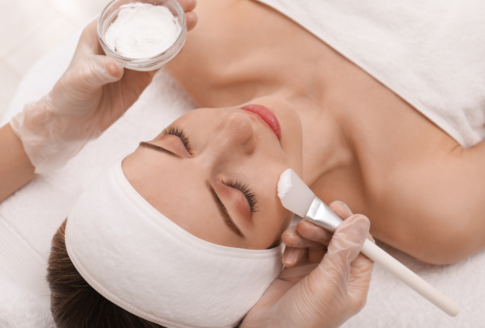
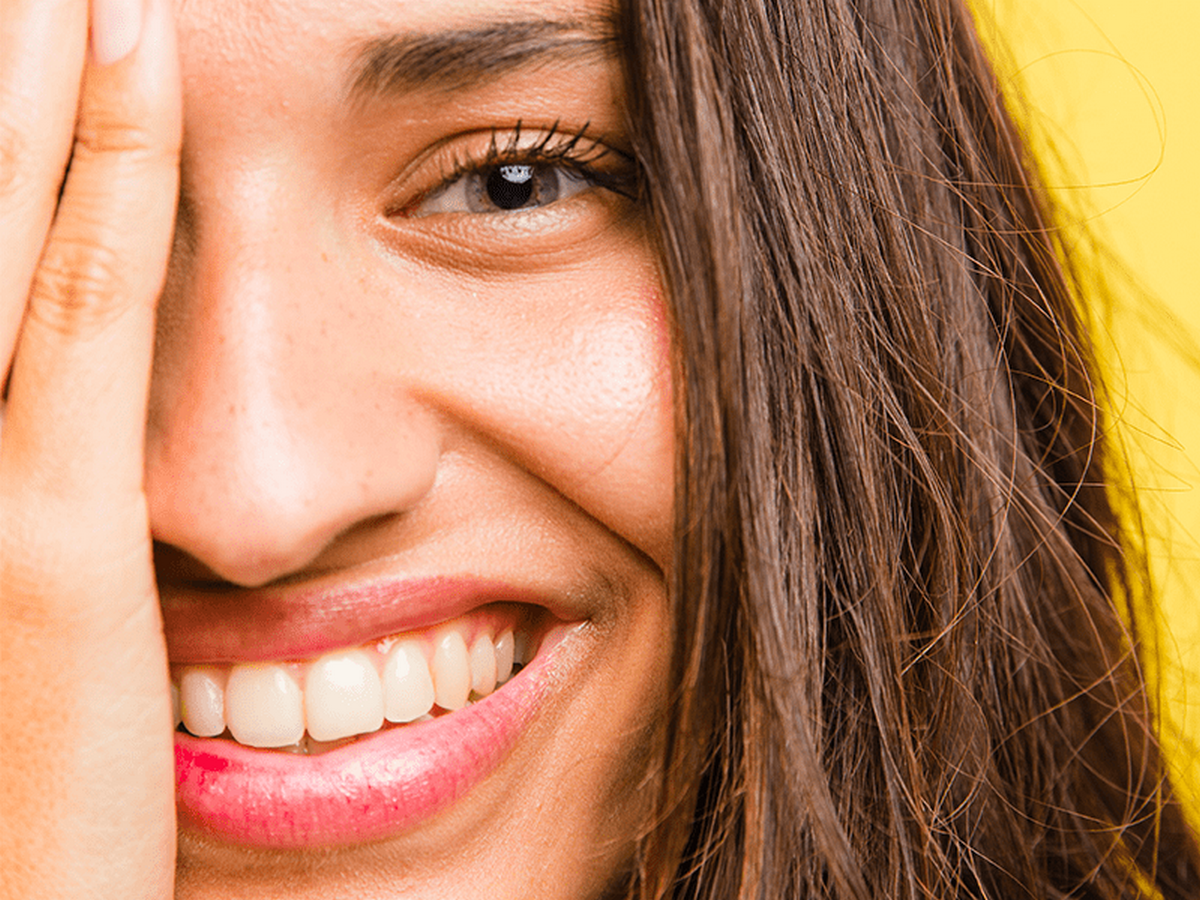
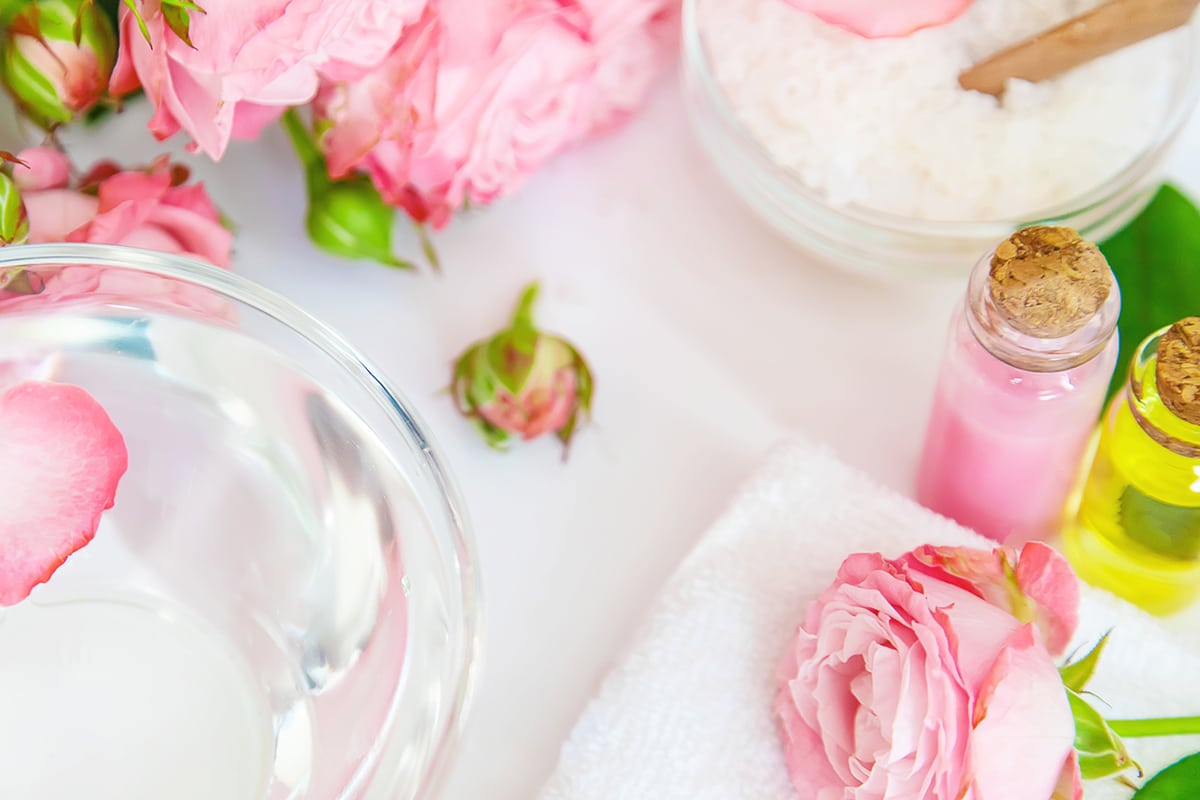



Leave a comment